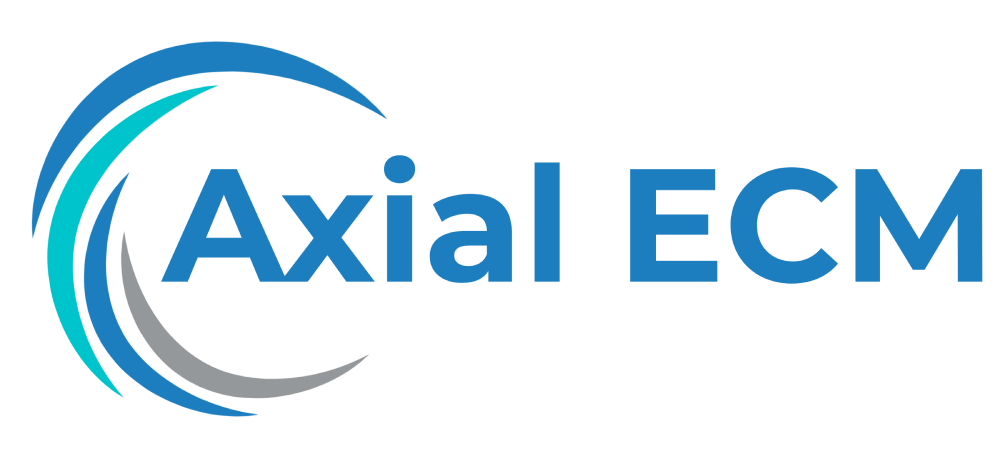Document Lifecycle Management: Exploring the stages of document lifecycle management within ECM.
Measuring the ROI of Effective Document Lifecycle Management
Document lifecycle management is a critical component of any organization’s ECM strategy. It involves the creation, storage, retrieval, and disposal of documents throughout their entire lifecycle. By effectively managing the document lifecycle, businesses can reduce costs, improve productivity, and ensure compliance with regulatory requirements.
The Stages of Document Lifecycle Management
Document lifecycle management typically consists of the following stages:
- Creation: This is the initial stage where documents are created, either physically or electronically. During this stage, it is important to establish standardized templates and ensure proper metadata is attached to each document.
- Storage: Next, documents need to be securely stored in a central repository. This can be a physical filing system or a digital document management system. The chosen storage method should provide easy access and robust security measures.
- Retrieval: Once documents are stored, it is essential to have efficient retrieval mechanisms in place. This includes the ability to search, filter, and categorize documents based on specific criteria.
- Distribution: In this stage, documents are shared with relevant stakeholders. This can be done through email, collaboration platforms, or other secure methods. It is important to track document distribution to ensure accountability.
- Retention: Proper document retention policies must be established to comply with legal and regulatory requirements. This involves determining how long documents should be kept and when they should be disposed of.
Measuring the ROI of Document Lifecycle Management
While the benefits of effective document lifecycle management may be apparent, it is important to measure the return on investment (ROI) to justify the resources and effort invested in implementing and maintaining a document management system.
There are several key metrics that can be used to measure the ROI of document lifecycle management:
- Cost Savings: Effective document management can lead to significant cost savings by reducing paper usage, office space requirements, and manual labor associated with document handling. Organizations can calculate the cost savings achieved through these measures.
- Productivity Improvements: Document lifecycle management streamlines processes and enables faster retrieval and sharing of information. This can result in improved employee productivity and reduced time spent on document-related tasks.
- Reduced Compliance Risks: Compliance violations can lead to hefty penalties and reputational damage. By ensuring proper document retention and disposal practices, organizations can minimize compliance risks and potential legal liabilities.
- Enhanced Collaboration: A centralized document management system promotes collaboration among team members. By tracking document revisions and enabling real-time collaboration, organizations can achieve better outcomes and increased efficiency.
Best Practices for Effective Document Lifecycle Management
To maximize the ROI of document lifecycle management, organizations should follow these best practices:
- Establish Clear Policies and Procedures: Clearly define the document lifecycle stages and establish guidelines for document creation, storage, retrieval, distribution, and retention.
- Invest in a Robust Document Management System: Adopt a comprehensive document management system that meets your organization’s specific needs. Consider factors like scalability, security, and integration capabilities.
- Provide Adequate Training: Train employees on proper document management practices and educate them about the benefits of following these practices. This will ensure widespread adoption and maximize the effectiveness of the system.
- Regularly Assess and Update Policies: Document management requirements can evolve over time. It is important to periodically assess existing policies and update them to align with changing business needs and regulatory requirements.
Conclusion
Effective document lifecycle management is essential for any organization aiming to optimize productivity, reduce costs, and ensure compliance. Measuring the ROI of document lifecycle management provides a tangible way to quantify the benefits and justify the investment. By following best practices and utilizing the right tools, organizations can achieve significant ROI and reap the rewards of efficient document management.
